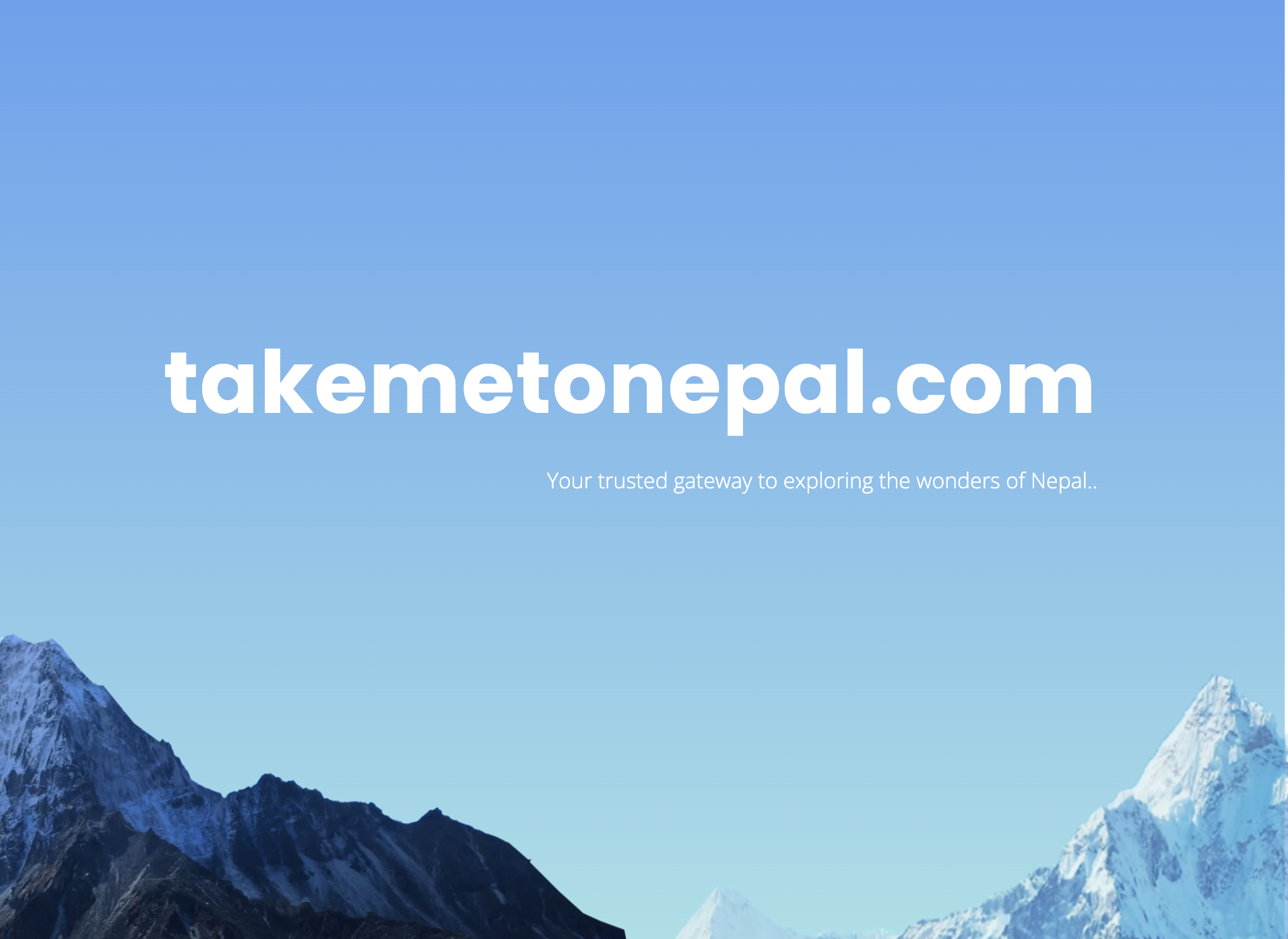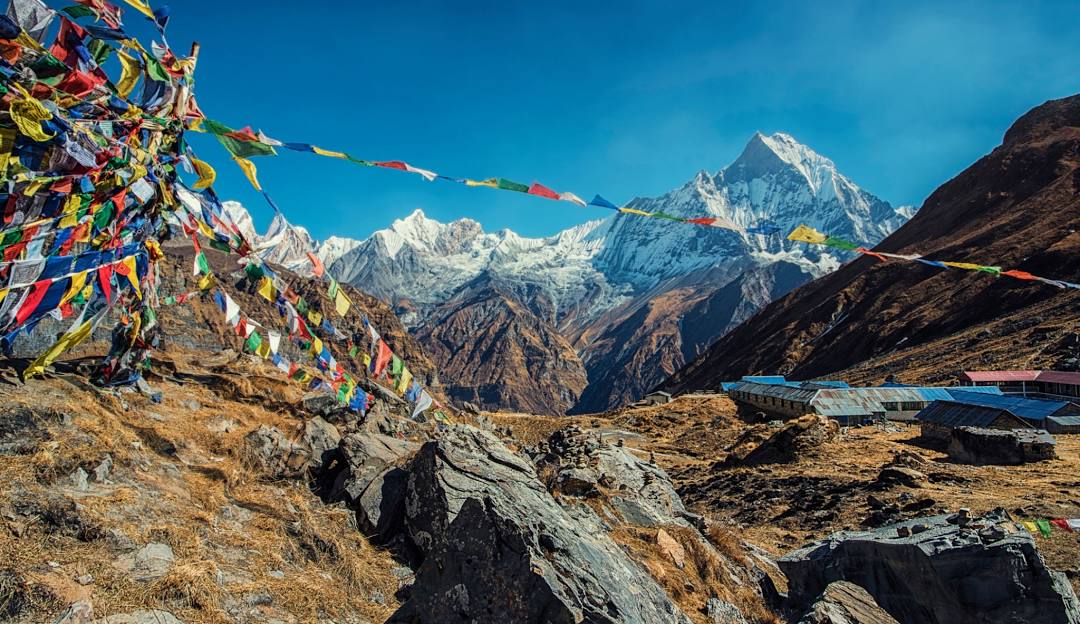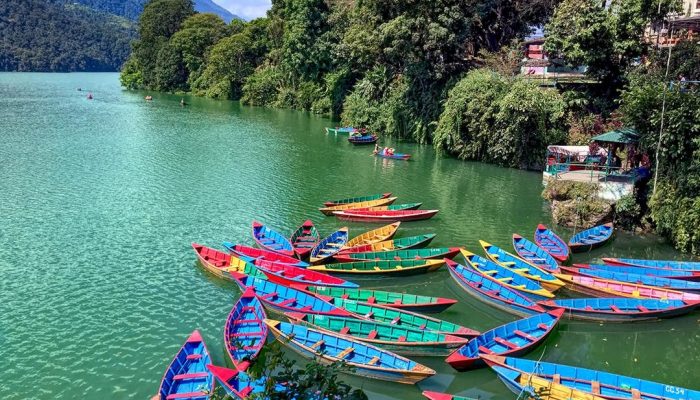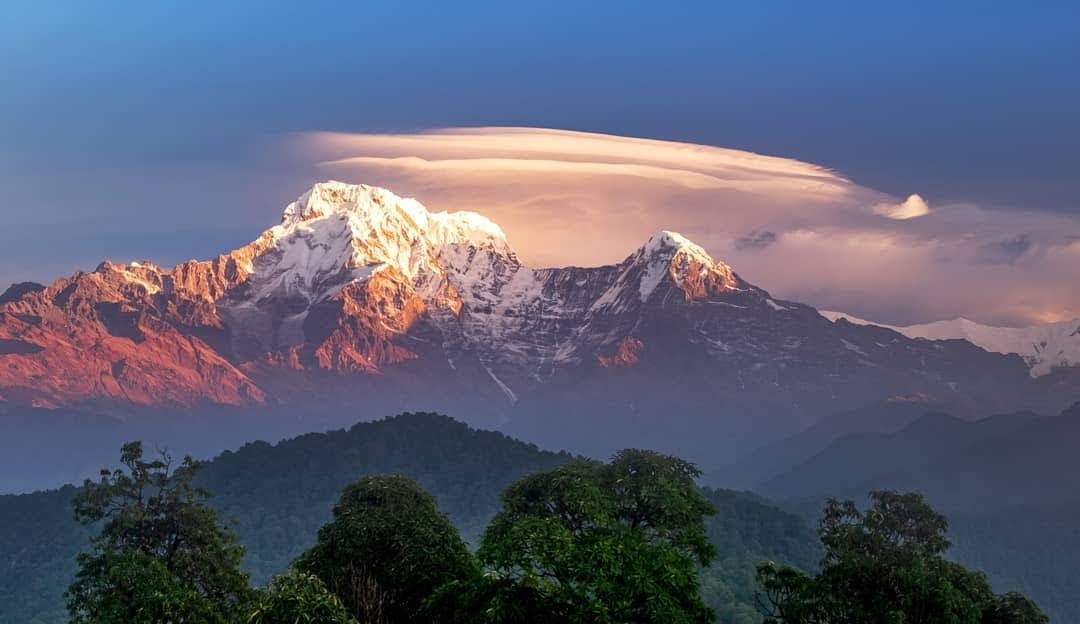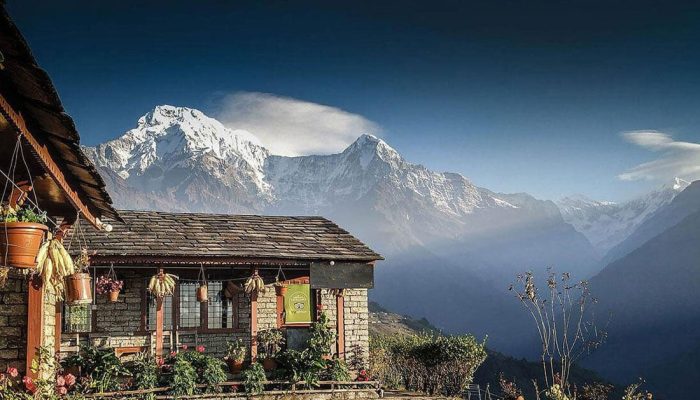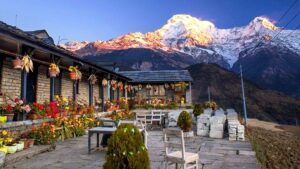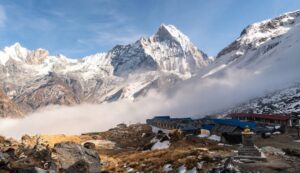Annapurna Base Camp Trek

Location
Annapurna Region, Nepal. Starting point: Nayapul (near Pokhara).
Best Time to Visit
March to May (Spring) and September to November (Autumn).

Duration
7–12 days, depending on the chosen route and acclimatization stops.

Difficulty Level
Moderate (suitable for trekkers with basic fitness).

Elevation
Highest point at Annapurna Base Camp (4,130 m/13,550 ft).
Overview
The Annapurna Base Camp Trek offers an unparalleled trekking experience with its diverse landscapes, breathtaking mountain views, and vibrant local culture. Trekkers traverse terraced farmlands, dense rhododendron forests, and picturesque villages, culminating in the majestic sanctuary of Annapurna Base Camp surrounded by towering peaks like Annapurna I, Machapuchare, and Hiunchuli.
The Annapurna Base Camp Trek is a journey to the heart of the Annapurna Massif, one of the most iconic trekking destinations in Nepal. It combines natural beauty with cultural richness, offering trekkers a glimpse into traditional Gurung and Magar villages while immersing them in the serene Himalayan environment.
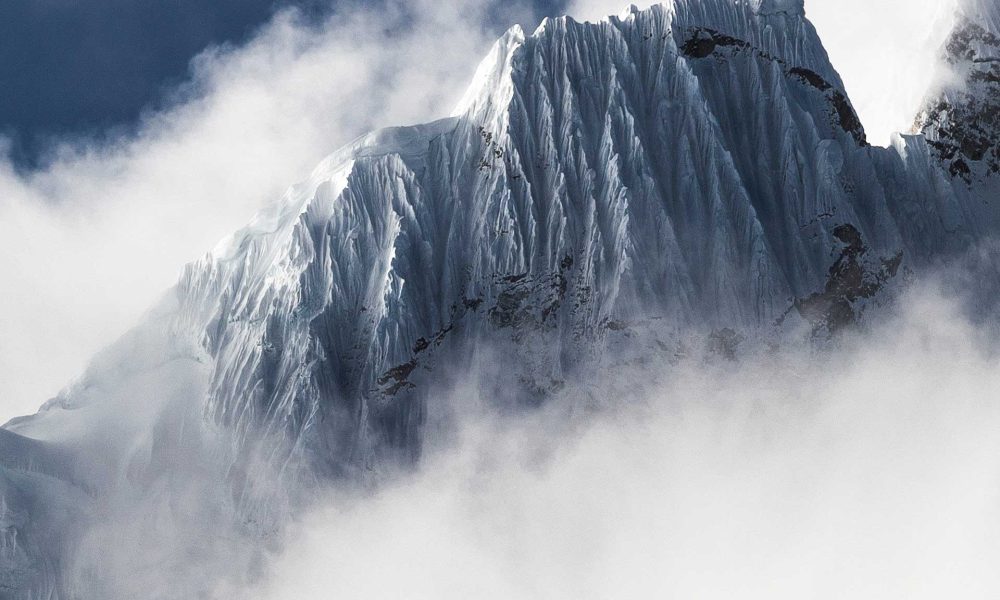
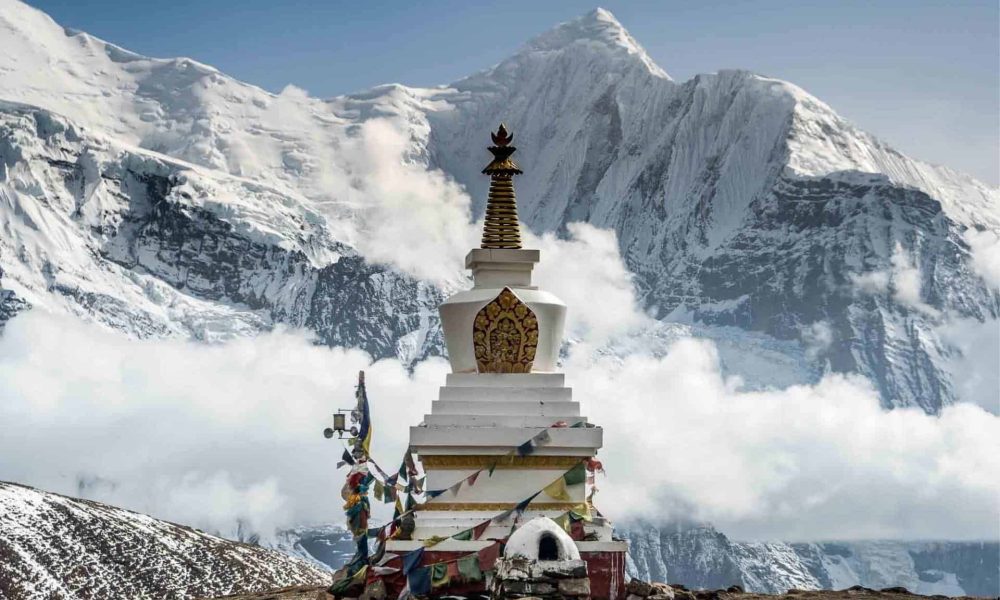
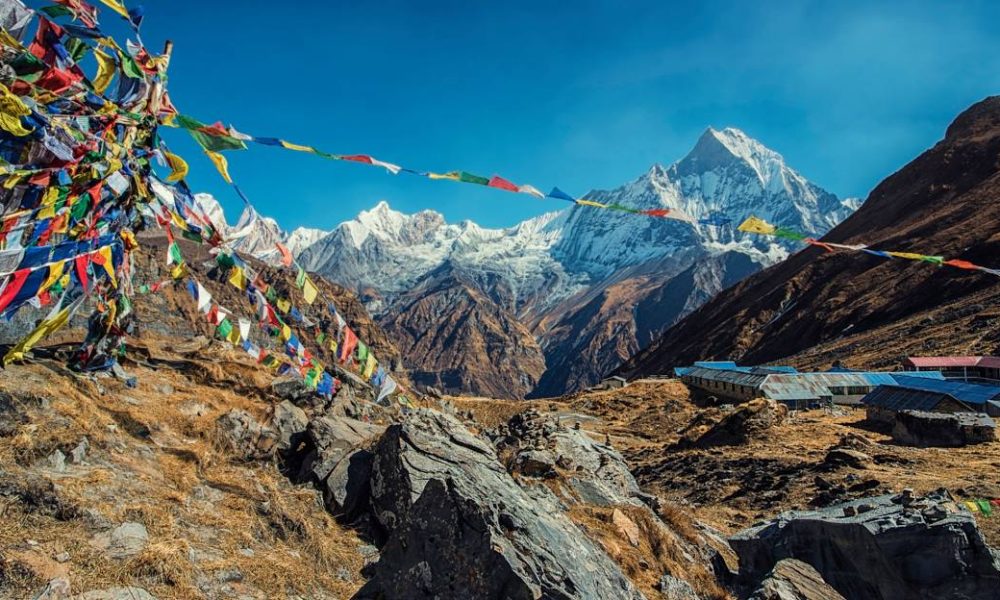
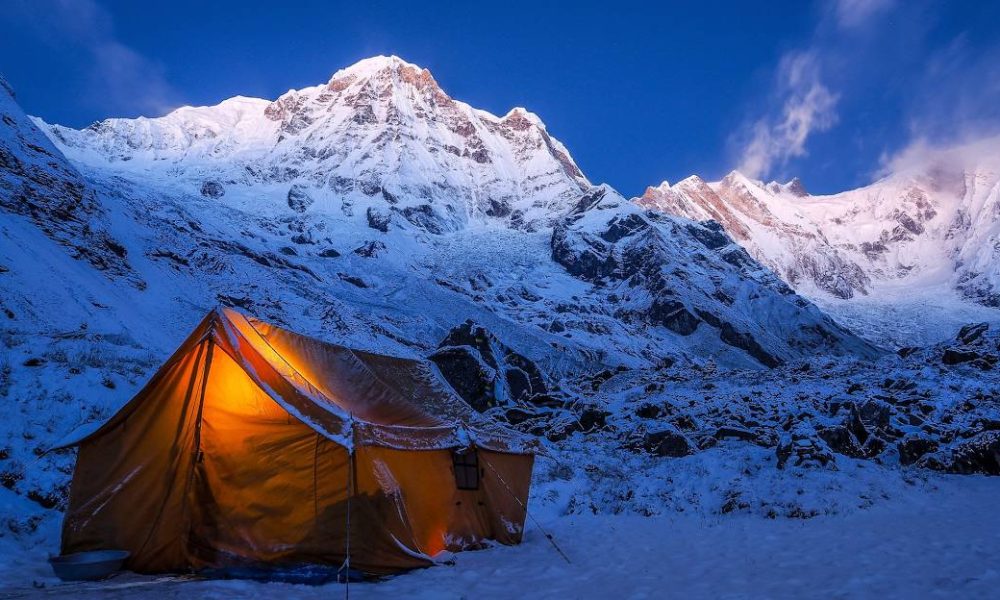
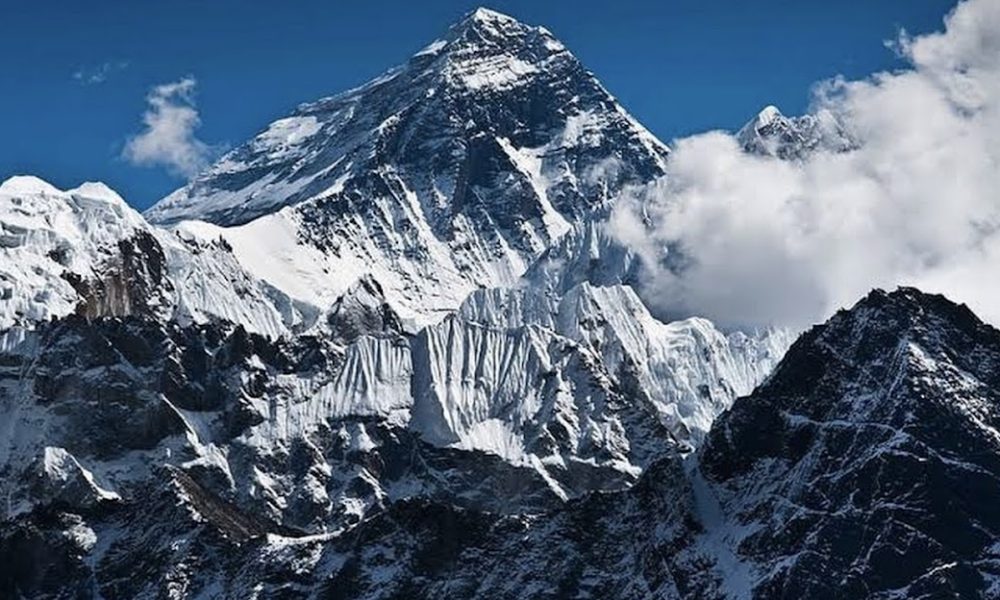
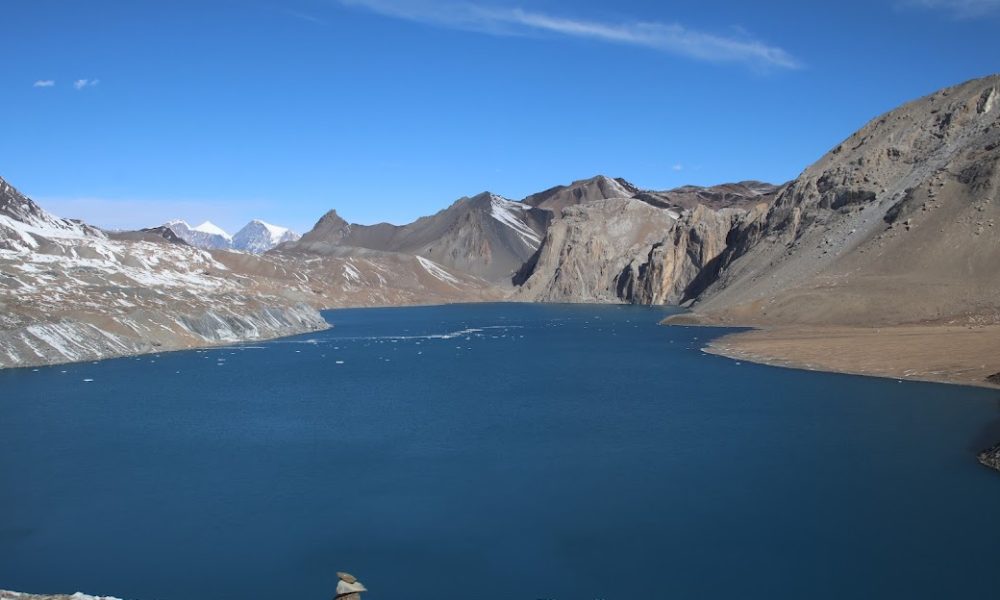
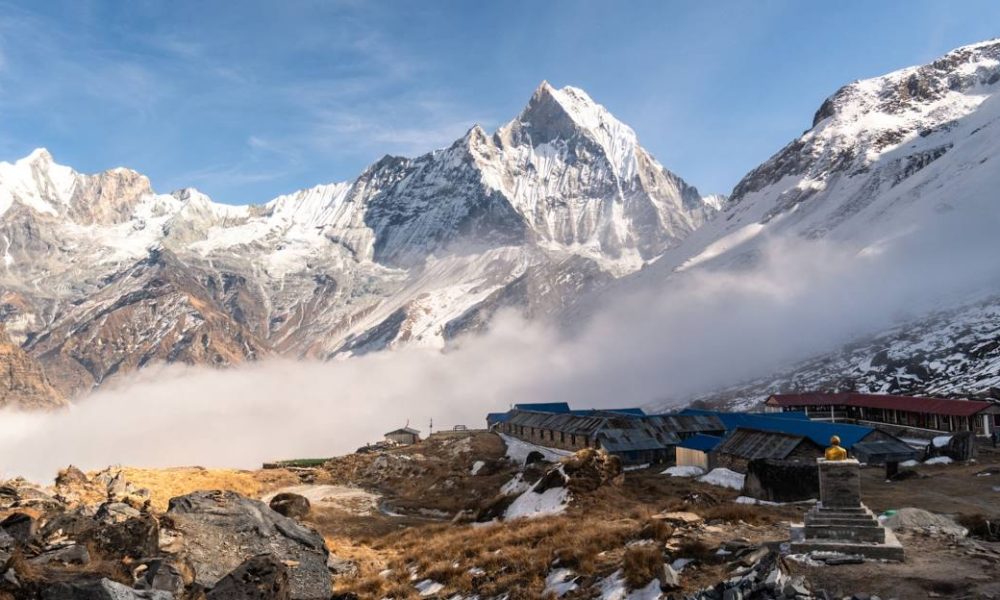
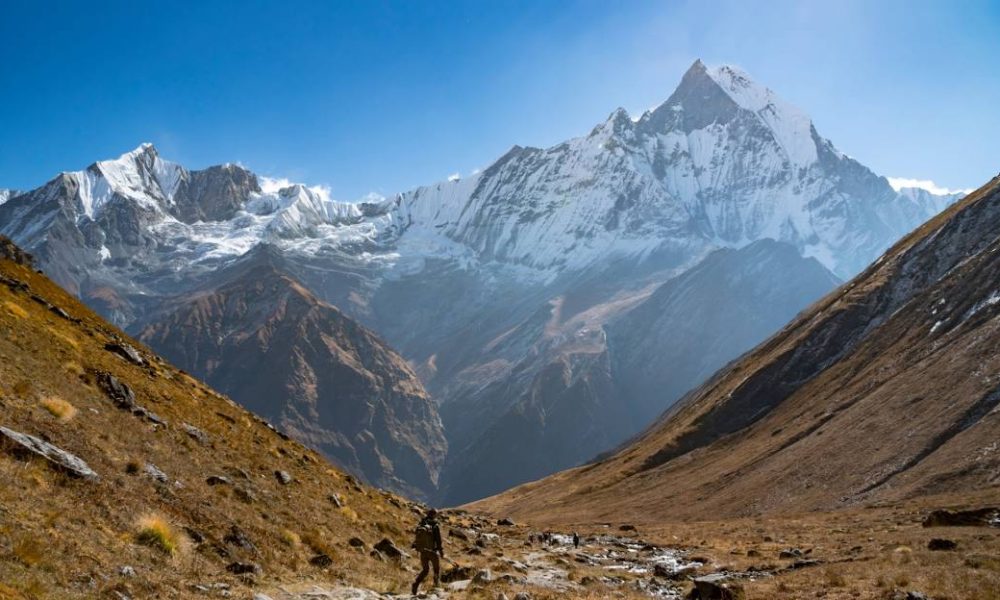
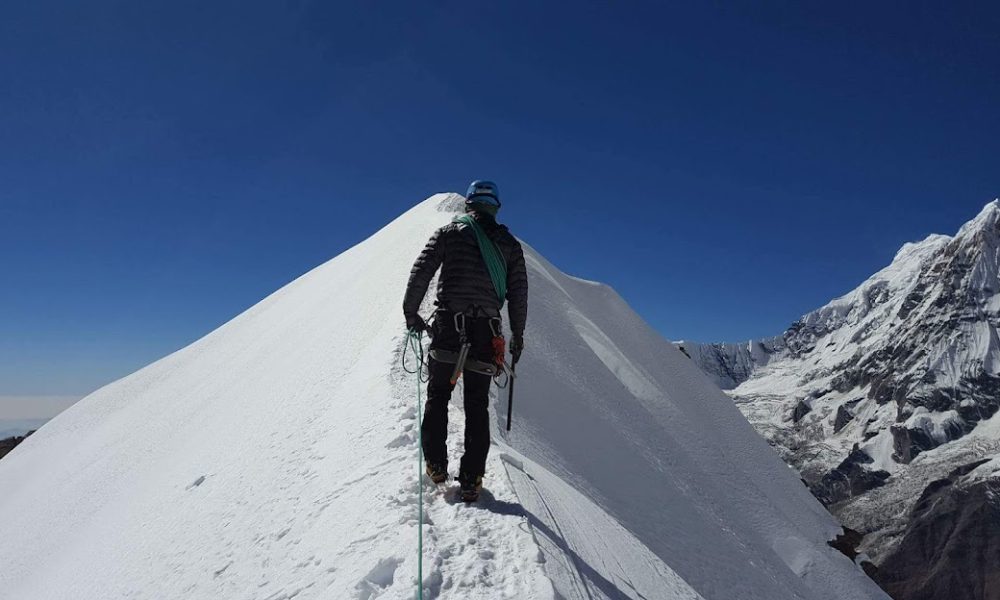
Weather and Climate
- Spring (March-May): Clear skies and blooming rhododendrons. Daytime temps: 10–20°C (50–68°F).
- Autumn (Sept-Nov): Dry and stable weather with excellent visibility. Daytime temps: 10–17°C (50–63°F).
- Winter (Dec-Feb): Cold but trekkable. Night temps can drop to -10°C (14°F) at Base Camp.
- Monsoon (June-Aug): Rainy with slippery trails; not recommended.
Geological Information
The Annapurna region is part of the Himalayan orogeny, characterized by rugged terrain, deep gorges, and the towering peaks of the Annapurna and Dhaulagiri ranges. The trek traverses diverse geological features, including
glacial moraines, river valleys, and high-altitude plateaus.
Flora and Fauna
Flora: Dense rhododendron forests, bamboo groves, and alpine meadows.
Fauna: Snow leopards, Himalayan tahrs, langurs, and vibrant bird species like Himalayan Monals.
Conservation efforts include the Annapurna Conservation Area Project (ACAP).
History and Culture
The trek holds spiritual significance as it passes through villages with ancient traditions, temples, and prayer flags. The Annapurna range is named after the Hindu goddess of nourishment, Annapurna.
People and Customs
Local communities: Predominantly Gurung and Magar ethnic groups.
Languages: Nepali, Gurung, and local dialects.
Customs: Hospitality, traditional dances, and festivals like Lhosar.
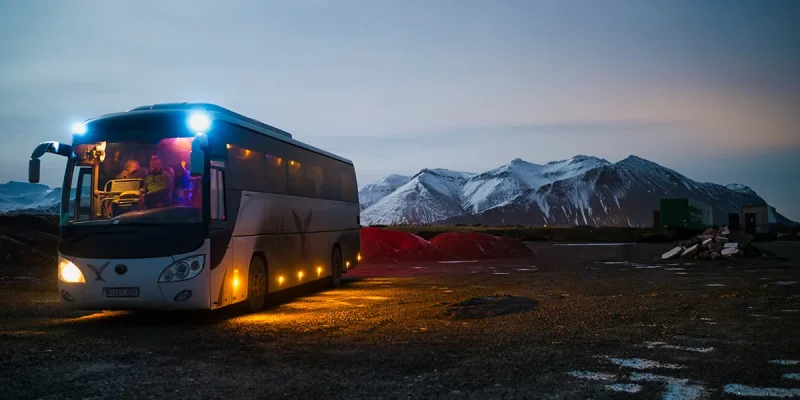
Transportation Information
To the Starting Point (Pokhara):
By Air: 25-minute flight from Kathmandu to Pokhara.
By Road: 6-8 hours by bus or car.
From Pokhara to Trailhead (Nayapul): 1.5 hours by jeep or bus.
Local Transport: Shared jeeps and private vehicles are available throughout the route.
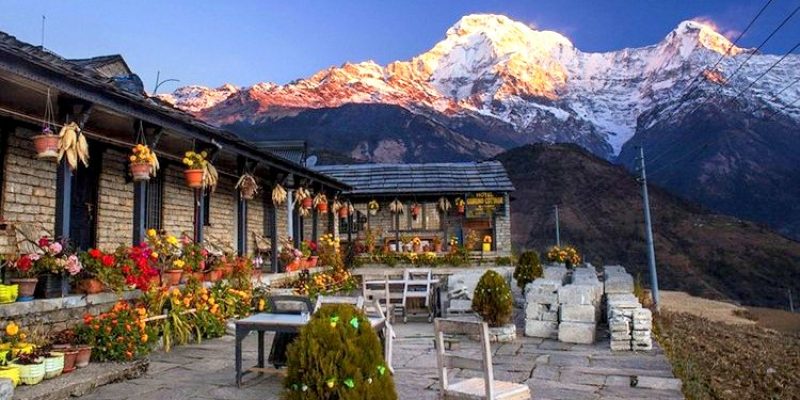
Accommodations
Tea Houses: Affordable and basic lodging along the trail.
Guesthouses in Pokhara: Mid-range and luxury options for pre-and post-trek stays.
Price Range: $5–$25 per night depending on facilities.
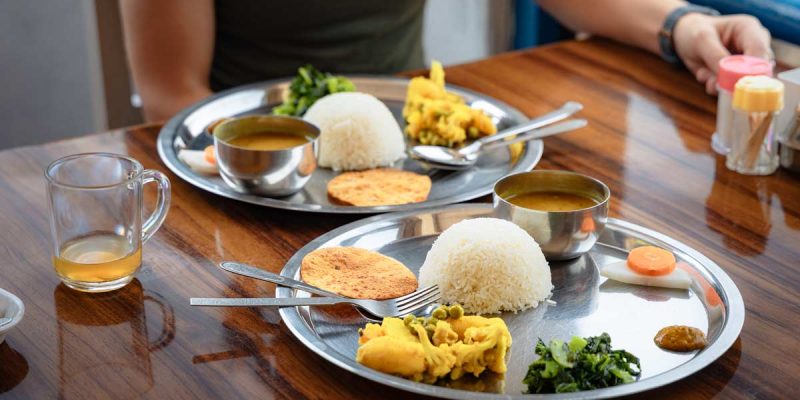
Dining and Cuisine
Popular dishes include Dal Bhat (rice and lentils), momo (dumplings), and Tibetan bread.
Tea houses offer a variety of meals, including vegetarian and international options.
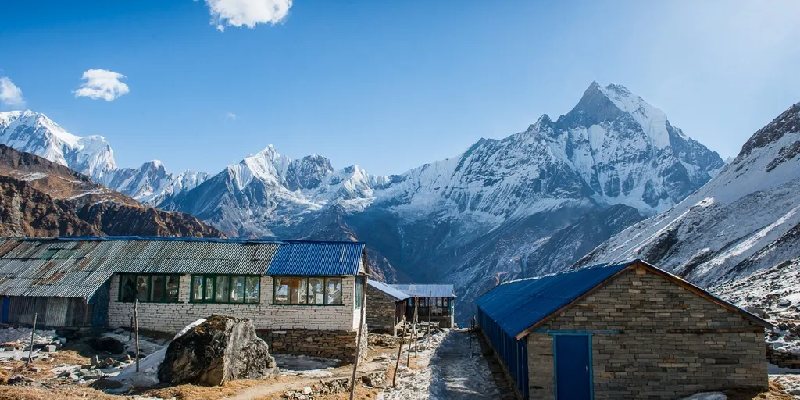
Permits and Entry Requirements
Annapurna Conservation Area Permit (ACAP): NPR 3,000.
Trekkers’ Information Management System (TIMS): NPR 2,000.
Permits can be obtained in Kathmandu or Pokhara.
Safety Information:
Ensure proper acclimatization to prevent altitude sickness.
Carry a first-aid kit and necessary medications.
Emergency services are limited; nearest healthcare is in Pokhara.
Emergency Contact: 112 (Nepal Police).
Gear and Packing Lists
Essentials: Sturdy hiking boots, trekking poles, a sleeping bag (rated for -10°C), and a waterproof jacket.
Other Items: Sunscreen, a headlamp, snacks, and a basic first-aid kit.
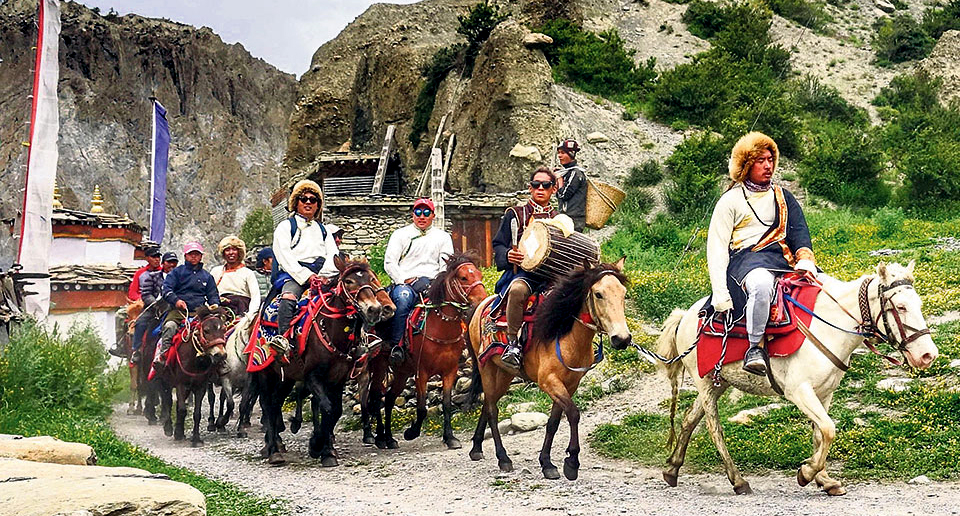
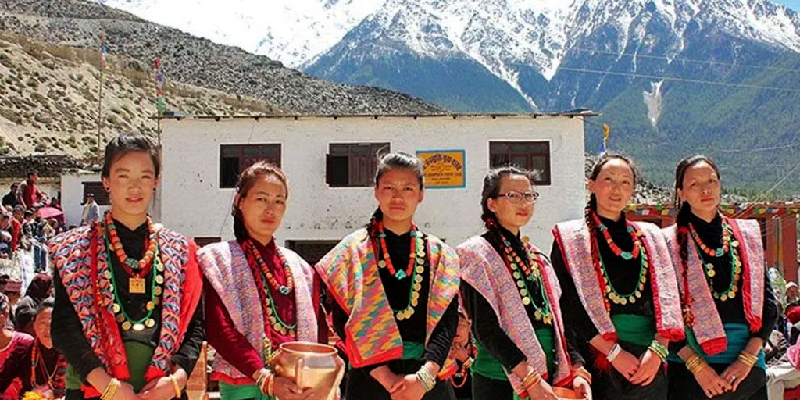
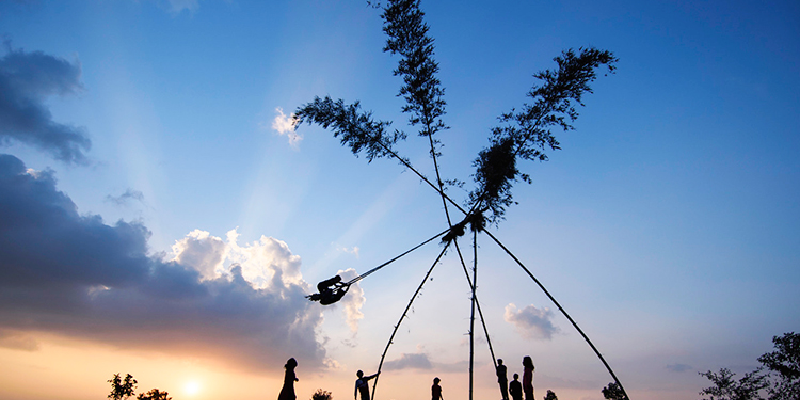
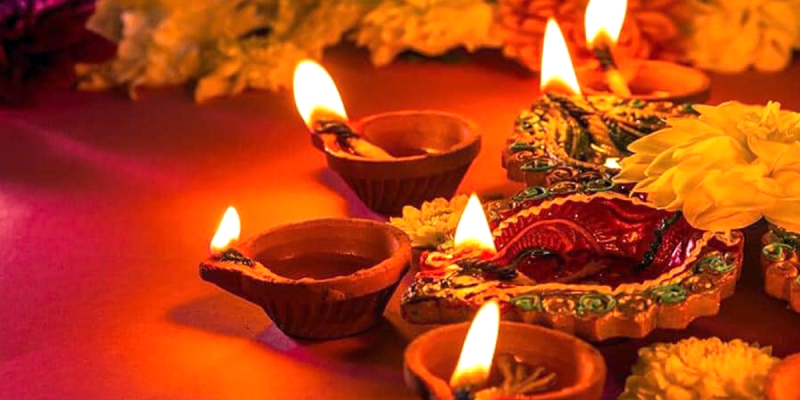
Local Festivals and Events
- Dashain and Tihar are celebrated in the region (October-November).
- Yartung Mela, celebrated from August 14 to 16 during the full moon, is a vibrant three-day festival featuring horse races, drinking, and dancing by the Gurung and Thakali communities.
- The Mitha (Dhachang) festival is a unique cultural event celebrated in the Manang Valley of Nepal. It is characterized by a traditional archery competition, which holds significant cultural and social importance for the local communities.
- Other Annual mountain festivals hosted in nearby villages.
Lets Plan A Trip
